REPRINTED WITH PERMISSION FROM THE CHRISTIAN SCIENCE MONITOR
Pangolins are in demand for use in traditional medicine and to supply luxury meat. An estimated 1 million of the mammals have been poached over the past decade.
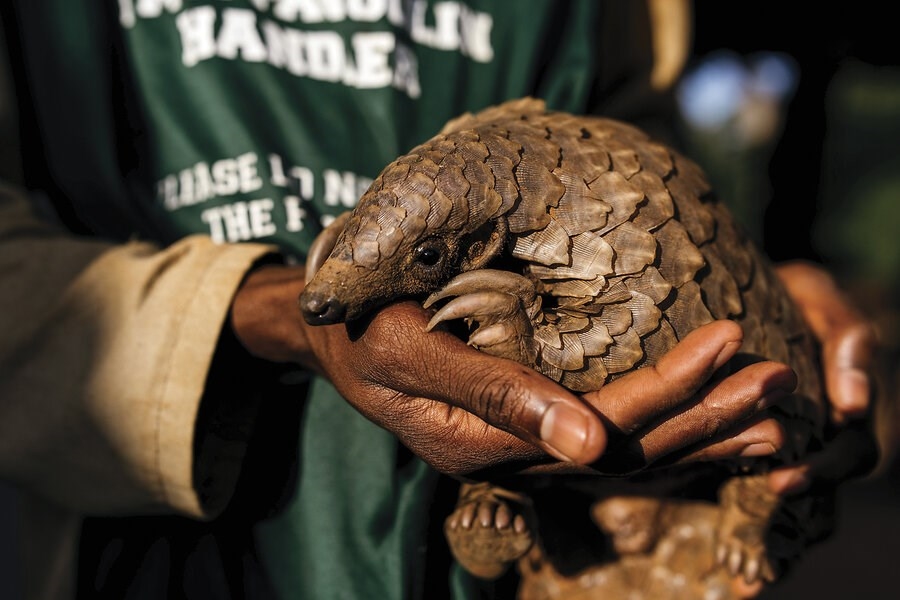 HELPING HAND: An injured pangolin is one of two currently recovering at a center in central Zambia after being rescued from poachers. The scaly animals are smuggled east to Asia, where demand for exotic pets, luxury meat, and traditional medicines is high. Kang-Chun Cheng
HELPING HAND: An injured pangolin is one of two currently recovering at a center in central Zambia after being rescued from poachers. The scaly animals are smuggled east to Asia, where demand for exotic pets, luxury meat, and traditional medicines is high. Kang-Chun Cheng
| Central Zambia
Cradling a shy pangolin in the crook of her arm, a handler at Zambia’s only pangolin rehabilitation center speaks about the animal in a hushed, soothing tone. Scrawled on a whiteboard nearby is the center’s motto: “Our pangolins, our pride.”
Despite the satisfaction that handlers take in gingerly nursing pangolins back to their full strength, the center’s location and the handlers’ identities must remain a secret. The scaly, predominantly nocturnal animals, which scoop up ants and termites with their long, sticky tongues, are the most-trafficked mammals in the world. An estimated 1 million pangolins have been poached over the past decade – more than tigers, rhinos, and elephants combined.
Criminal networks take advantage of Zambia’s strategic location – it has porous borders with eight countries – as a transit route to smuggle pangolins east to Asia, where demand for exotic pets, luxury meat, and traditional medicines is high. Because pangolins’ scales are composed of keratin, the material that makes up human hair and nails, they are thought to possess healing powers.
The center, supported by Wildlife Crime Prevention Zambia, rescues pangolins seized by Zambia’s Department of National Parks and Wildlife from the illegal wildlife trade. All too often, pangolins arrive at the center with missing limbs and scales yanked from their torsos. “It’s hard to imagine how someone can do that to a living animal, but it happens more than you think,” says conservationist Suwilanji Sichone, the center’s manager.
When the Monitor visited, only two pangolins were at the center, although handlers have cared for as many as a dozen during busy seasons. The pangolins get restorative morning and evening walks, and they sleep near their handlers in small, lightproof wooden boxes, simulating the tunnels in which the animals typically burrow.
The center releases back into the wild every pangolin that survives the stress or injuries it incurred from traffickers. Nearly 130 of the animals have been released since 2018.
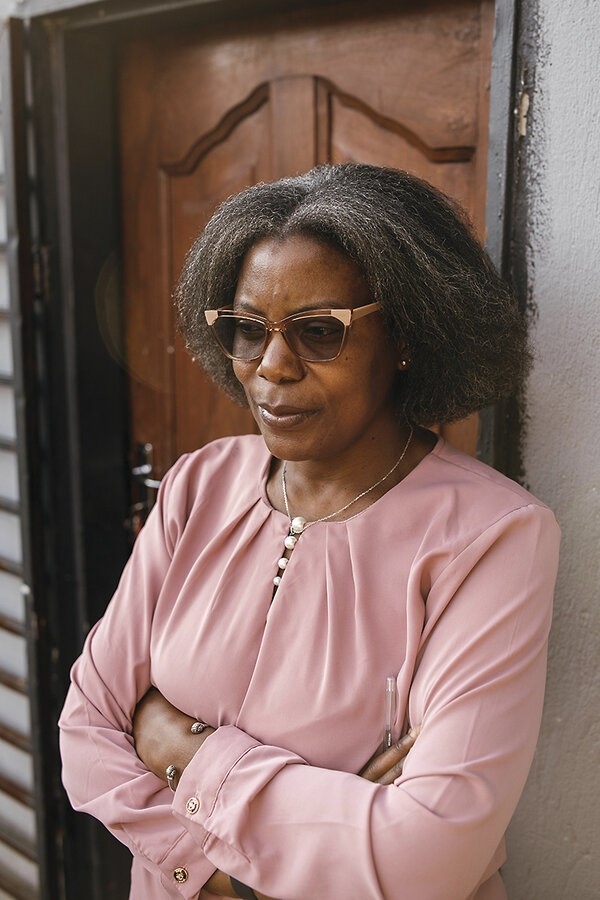 Kang-Chun ChengPANGOLIN PROTECTOR: Conservationist Suwilanji Sichone runs a pangolin rehabilitation center in central Zambia.
Kang-Chun ChengPANGOLIN PROTECTOR: Conservationist Suwilanji Sichone runs a pangolin rehabilitation center in central Zambia.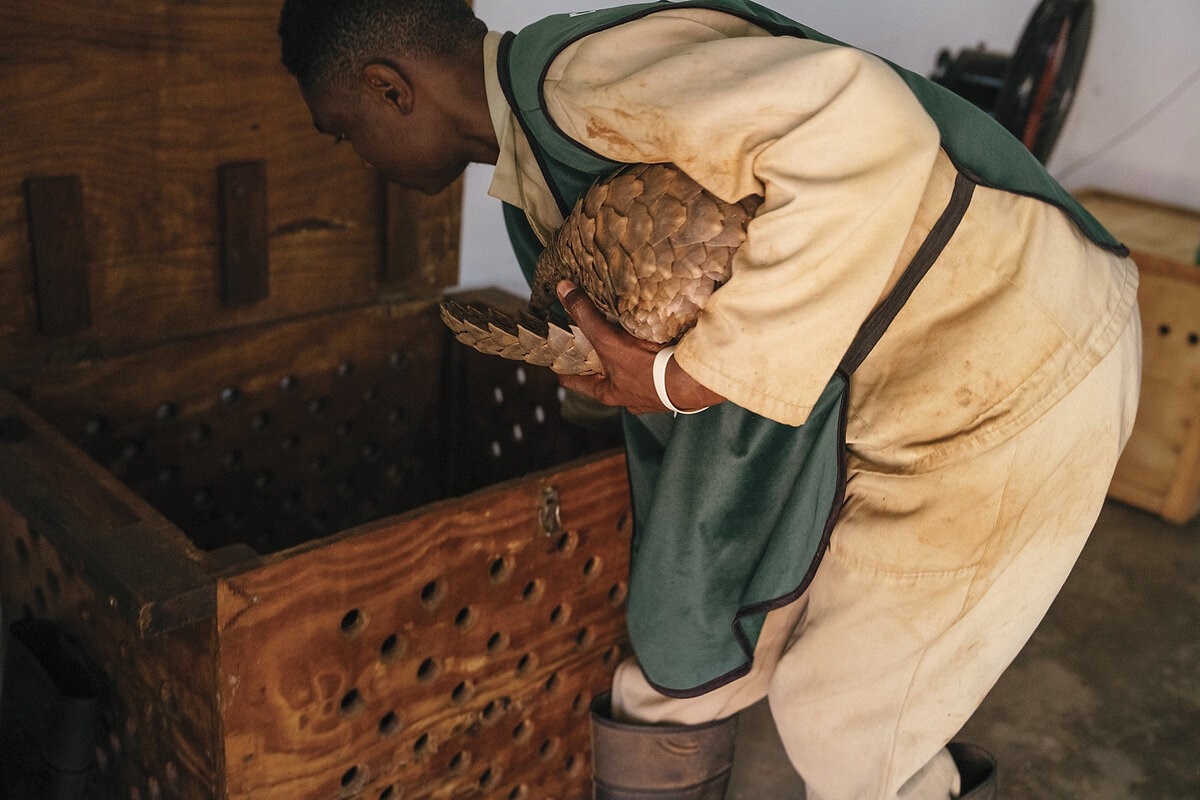 Kang-Chun ChengNIGHT SPOT: A handler arranges the bedding in the small, lightproof box in which a pangolin will sleep.
Kang-Chun ChengNIGHT SPOT: A handler arranges the bedding in the small, lightproof box in which a pangolin will sleep.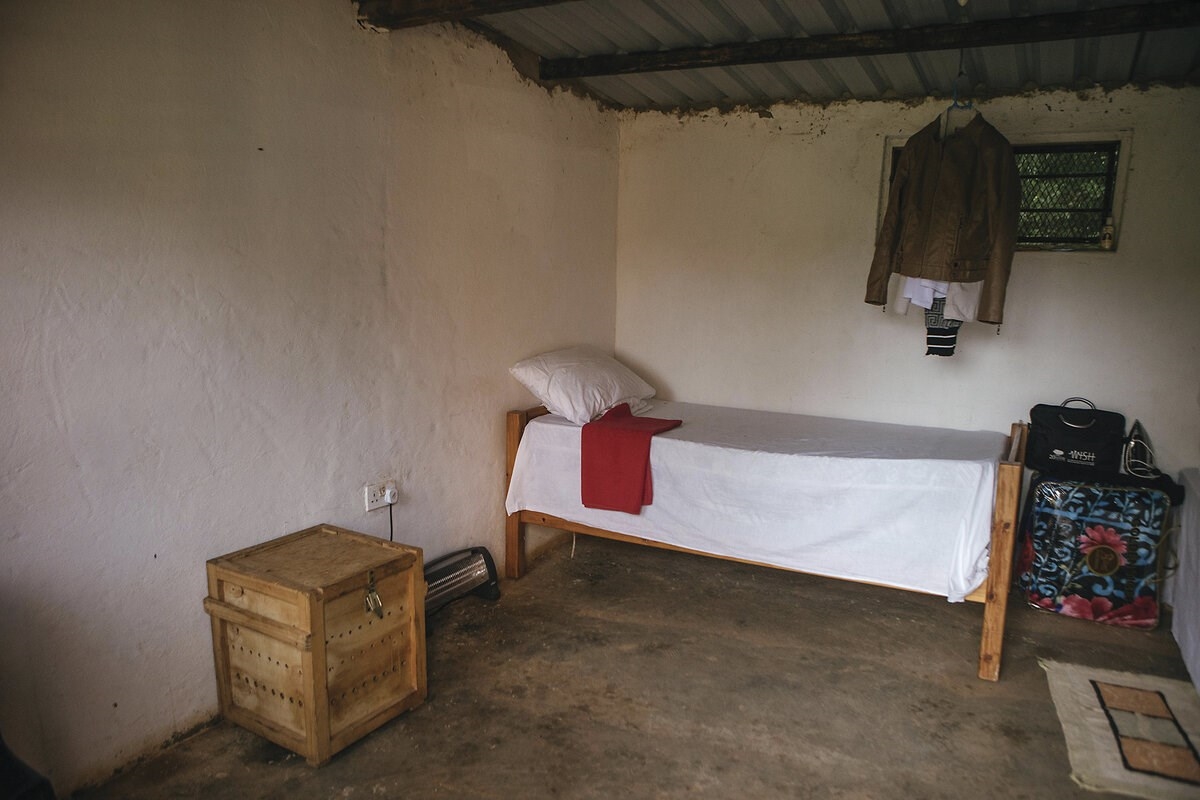 Kang-Chun ChengCOZY QUARTERS: Clothing hangs in a handler’s bedroom next to a pangolin’s sleeping box. The center is staffed around the clock.
Kang-Chun ChengCOZY QUARTERS: Clothing hangs in a handler’s bedroom next to a pangolin’s sleeping box. The center is staffed around the clock.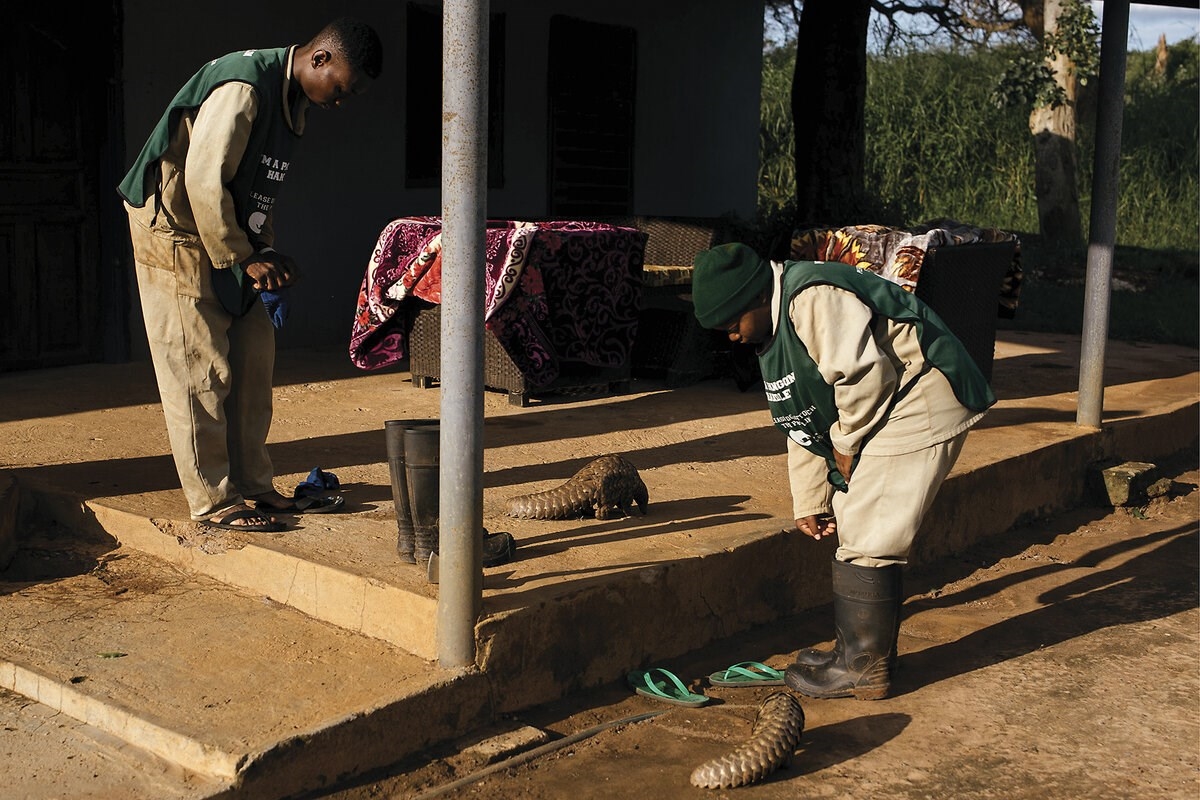 Kang-Chun ChengA WALK ON THE WILDLIFE SIDE: Handlers at the center prepare to take two pangolins for an evening walk. The center’s location and handlers’ identities are kept secret to keep poachers away.
Kang-Chun ChengA WALK ON THE WILDLIFE SIDE: Handlers at the center prepare to take two pangolins for an evening walk. The center’s location and handlers’ identities are kept secret to keep poachers away.
For more visual storytelling that captures communities, traditions, and cultures around the globe, visit The World in Pictures.
Page created on 7/22/2025 5:25:01 PM
Last edited 7/22/2025 5:35:37 PM
